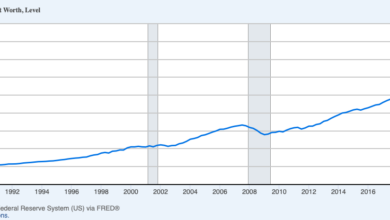New Study Finds ‘Optimal’ Workweek Length Is Not 40 Hours

Many employees are bound by the standard full-time workweek, which dictates a set number of hours that must be worked. However, a recent working paper from Duke University economists sheds light on the concept of an “optimal” workweek, revealing that the ideal number of hours for most individuals is 37.
The study, based on data from Germany’s Socio-Economic Panel, asked participants to consider their preferred working hours if they could choose, knowing that their income would adjust accordingly. The results showed that a significant portion of workers considered themselves “overworked,” with their desired hours averaging 37.5 per week, compared to their actual average of 42.7 hours per week.
Comparisons with data from the U.K. and the U.S. also highlighted differences in preferences for working hours. While individuals in the U.K. and Germany tended to desire fewer hours, the U.S. exhibited a higher proportion of workers wishing to increase their hours.
Is a 40-hour workweek too long?
The 40-hour workweek, established in the U.S. in 1940, remains a standard for many workers. However, exceptions exist for certain categories of employees, such as “professional” and “administrative” roles, who may not be entitled to overtime pay if their salary exceeds a certain threshold.
Efforts to expand overtime pay eligibility have faced legal challenges, with recent policy changes being contested in court. Despite the prevalence of the 40-hour workweek, studies have shown that Americans work longer hours than their European counterparts, contributing to a perceived imbalance between work and personal life.
Some countries have explored alternative work schedules, such as a four-day workweek, to address issues of work-life balance. Initiatives in Japan, Germany, and Australia have offered employees the option to work fewer days per week, with varying degrees of success.
While the idea of a four-day workweek has gained traction in some regions, its implementation in the U.S. remains limited. Recent reports indicate that the average full-time worker in the U.S. maintains a workweek of around 43 hours, highlighting the continued prevalence of longer hours in American workplaces.
More from Money:
5 Best Job Search Sites
Americans Work Hundreds of Hours More a Year Than Europeans: Report
Workers Are (Supposedly) Happier Than Ever With Their Jobs





